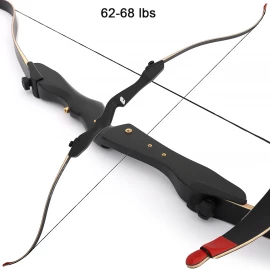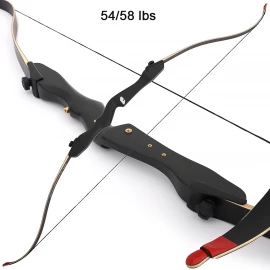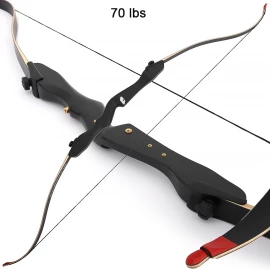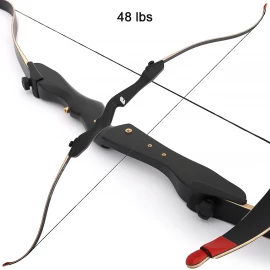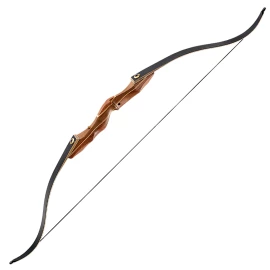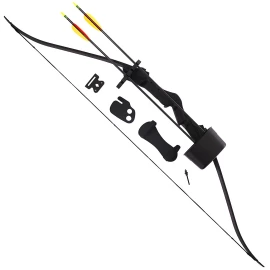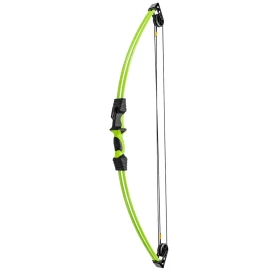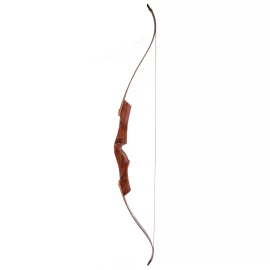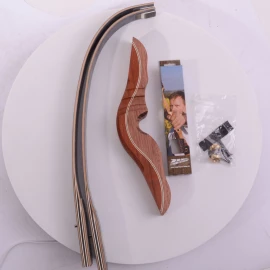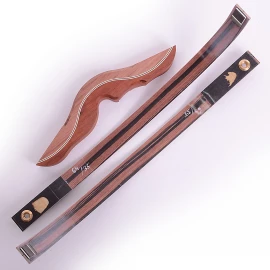Competition bows
Do you pursue the archery? Or do you want to do it? Archery is especially relaxing movement activity. We offer also recurve bows besides other bows. Selection of the right recurve bow for you will depend on your body propositions. Choose the right bow and enjoy shooting!
Filter products
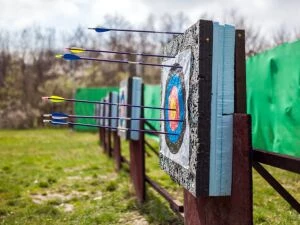
Thousands of years ago, bows were primarily used for hunting. Today, archery has become a hobby and a competitive sport. If our ancestors saw today's bows, they would probably not believe their own eyes! What were bows made of in the past - and…
Competition bows
The phrase "recurve bow" or just "a recurve" usually refers to a typical modern recurve bow. These bows are used by archers in the Olympics and many other sports events. The modern recurve bow is the only type of bow allowed in the Olympics. Advanced technologies and materials are used for production of these bows.
Today, most recurve bows are "take-down" bows—that is, the limbs can be detached from the riser for ease of transportation and storage, and for interchange ability. Older recurve bows are one-piece bows.
Three types of bows are distinguished in the current archery: long bows, recurve bows and compound bows. An arrow rest, sight, stabilizer, peep sight, nocking loop, release aid, armguard, finger tab and quiver should be part of every bow. Possession of a bowcase is suitable. The case will protect the bow from heat and moisture. And every archer should have lots of arrows and a target and target face.
The optimal bow length of a recurve bow or takedown bow depends on the body length. The point of reference here is:
Height in cm | Bow length in inches | Bow length in cm
120 - 135 | 58 | 147
135 - 150 | 62 | 157
150 - 160 | 64 | 163
161 - 167 | 66 | 168
168 - 175 | 68 | 173
from 176 | 70 | 178
You can also determine your personal draw length to determine the necessary bow length. To do this, stretch out both arms to the side and measure the entire span, from fingertip to fingertip, preferably with a ruler. Divide this value by 2.5 to get the draw length in cm. To find the draw length in inches, divide the draw length in cm by 2.54. Please note that these are all recommended values only.
Draw length in cm | Bow length in inches | Bow length in cm
48 - 53 | 58 | 147
53 - 58 | 62 | 157
58 - 63 | 64 | 163
63 - 68 | 66 | 168
68 - 73 | 68 | 173
from 73 | 70 | 178
Basically, you should always tend towards a longer bow than a shorter one, since a longer bow is more forgiving of mistakes in shooting technique. Especially for beginners or newcomers to archery, it is important to have a "forgiving" bow.

